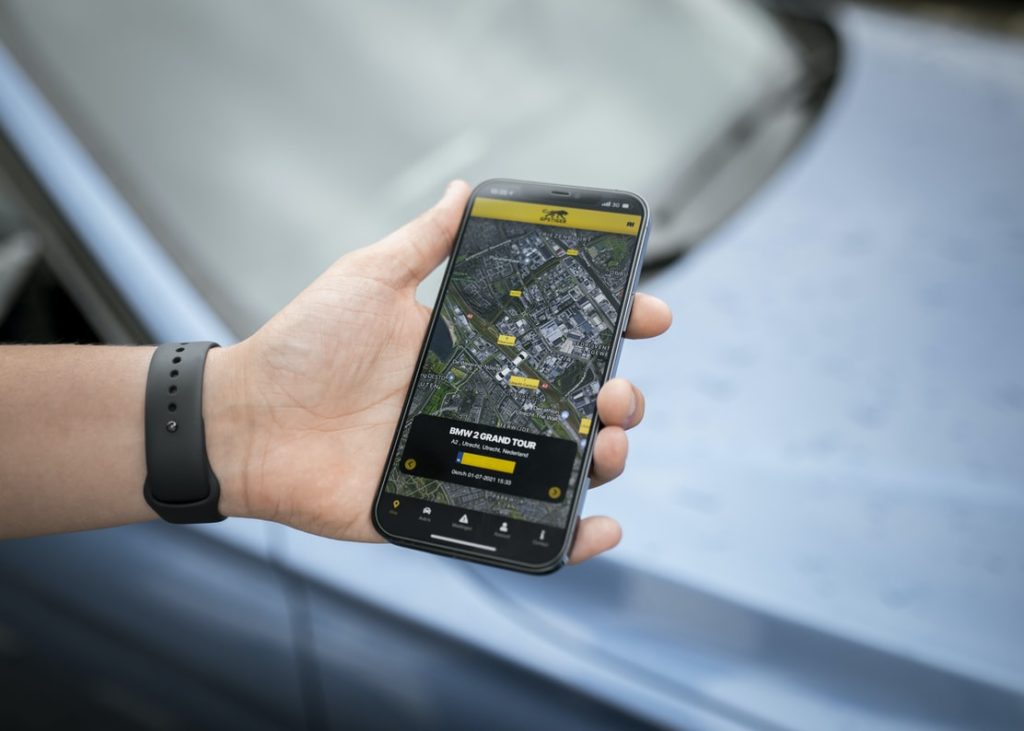Geofencing has been around for at least a decade. However, developers are now seeing the full potential of geofencing for developing a great user-first experience.
Marketers are finding intuitive new ways to use it effectively. It is extremely useful for instant, location-based advertising. Its use can extend beyond this simple momentary marketing.
This strategy can be used to locate and build large, addressable audiences over time. It normally consists of the following steps-
a) Identifying a geographical radius around a real-world location
b) Setting up a geofence or a virtual barrier around the location
c) When a device enters or exits, an event can be triggered
With the growth of mobile marketing in leaps and bounds, marketers can take full advantage of the capabilities of this strategy to harness the power of location-based marketing. A consumer’s location can be tracked through GPS, Bluetooth, and beacons. There are three ways to utilize this technology for targeting consumers: Geotargeting, geofencing and beaconing.
Different types of alerts can be sent when a user enters a geofence; alerts such as text messages, in-app notifications, and social media ads.
Geofencing can be configured to target a certain place, a business category (e.g. spas), a demographic market area, a brand location, a city, or a state.
There are a number of ways to utilize geofencing in marketing. Some of its common uses are given below.
1) Text engagement – Promotional text messages are often sent by businesses when a consumer enters a geofenced area.
2) Brand application – A lot of companies have developed their own app which customers download. Marketers use them to send in-app notifications when a user enters a geofenced area.
3) Third-party app– If a business doesn’t have its own app, it can utilize third-party applications to send its own notifications. For instance, a coupon app can be utilized by a restaurant to send coupons once a customer enters a geofenced area.
4) Web ads – These types of ads are served to customers once they have crossed into a pre-defined geographic area utilizing web search platforms such as Google.
5) Social media ads – Most social media platforms have geofencing capabilities. Through these platforms one can define one’s radius, and ads are sent to customers when they enter that geofenced area.
Some creative examples of geofencing are given below.
1) Uber – The business model of Uber requires GPS tracking and location services to survive. When a customer uses the app to request a ride, they use geofencing around their specified area to show how many cars are available, and give an estimated wait time for when a driver can arrive.
2) Taco Bell – Taco Bell has a mobile app that enables customers to order food from their mobile devices and tablets. This is extremely helpful for the customers as they don’t have to queue up at the store or drive-through window. Taco Bell uses this strategy to drive even more sales. When a customer drives by a Taco Bell location, they receive a push notification. The notification reminds them that they can order food from their phone and pick it up.
Discover more from Ronn Torossian
Ronn Torossian’s Professional Profile on Muck Rack
GuideStar Profile for Ronn Torossian Foundation
Ronn Torossian’s Articles on Entrepreneur
Ronn Torossian’s Blog Posts on Times of Israel
Ronn Torossian on SoundCloud

More PR Insights
Turning Recruitment Campaigns Into PR Wins
PR Strategies for Founder Comebacks: A Guide to Reputation Recovery
How Proactive Communication Shapes Successful Legal Dispute Outcomes